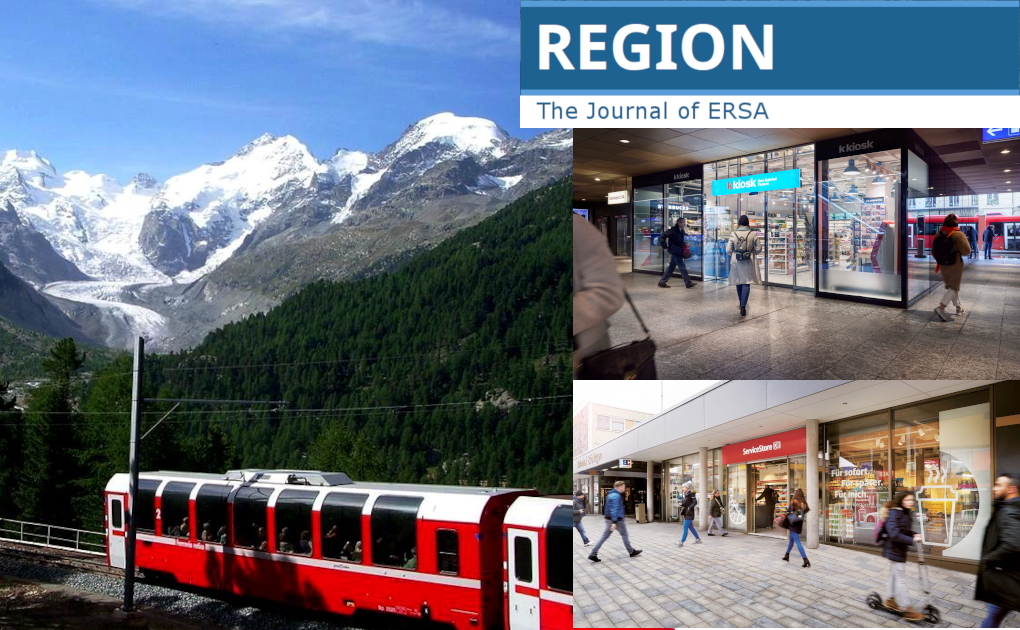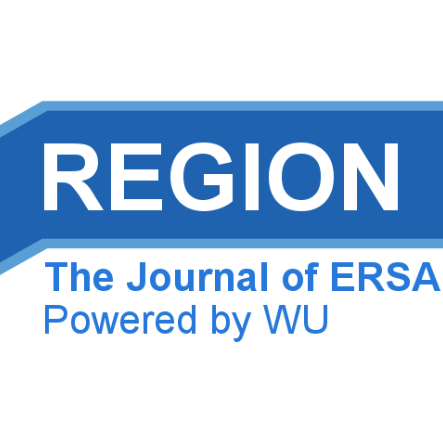Know your competitor! Analyzing and predicting the location of competing stores: The case study of Valora at Swiss railway stations
DOI:
https://doi.org/10.18335/region.v12i2.573Abstract
Location choice in retailing is a key subject of retail location theory, but is also of great practical relevance. Retail companies must assess the demand and competition situation and try to anticipate the behavior of their competitors. This study examines location choice patterns of two convenience food formats from Valora, Avec and k kiosk, at Swiss train stations. The study combines an analytical and a predictive modeling approach. Possible location factors for the two store types are derived from the literature. Publicly available data from the SBB (Schweizerische Bundesbahnen) serve as the basis of the analysis. Binary logit models are built for the formats examined in order to identify the determinants of location choice. Machine learning algorithms are used to check and optimize the predictive ability of the models. It turns out that people boarding, alighting and changing trains at train stations (which represent the main demand for convenience stores at railway stations) are an important determinant of location choice. The more frequent a train station is, the more likely it is that Avec or k kiosk will be present there. Furthermore, format-specific clustering and avoidance patterns emerge. Both Valora formats show an avoidance of each other. While Avec tends to avoid competing convenience supermarkets, this is not the case with k kiosk. With the help of machine learning, the predictive ability of the models can be greatly improved. A prediction model with high specificity and sensitivity is built for k kiosk and applied on a real case.

Downloads
Published
How to Cite
Issue
Section
License
Copyright (c) 2025 Thomas Wieland

This work is licensed under a Creative Commons Attribution 4.0 International License.
REGION is an open journal, and uses the standard Creative Commons license: Copyright We want authors to retain the maximum control over their work consistent with the first goal. For this reason, authors who publish in REGION will release their articles under the Creative Commons Attribution license. This license allows anyone to copy and distribute the article provided that appropriate attribution is given to REGION and the authors. For details of the rights authors grant users of their work, see the "human-readable summary" of the license, with a link to the full license. (Note that "you" refers to a user, not an author, in the summary.) Upon submission, the authors agree that the following three items are true: 1) The manuscript named above: a) represents valid work and neither it nor any other that I have written with substantially similar content has been published before in any form except as a preprint, b) is not concurrently submitted to another publication, and c) does not infringe anyone’s copyright. The Author(s) holds ERSA, WU, REGION, and the Editors of REGION harmless against all copyright claims. d) I have, or a coauthor has, had sufficient access to the data to verify the manuscript’s scientific integrity. 2) If asked, I will provide or fully cooperate in providing the data on which the manuscript is based so the editors or their assignees can examine it (where possible) 3) For papers with more than one author, I as the submitter have the permission of the coauthors to submit this work, and all authors agree that the corresponding author will be the main correspondent with the editorial office, and review the edited manuscript and proof. If there is only one author, I will be the corresponding author and agree to handle these responsibilities.




